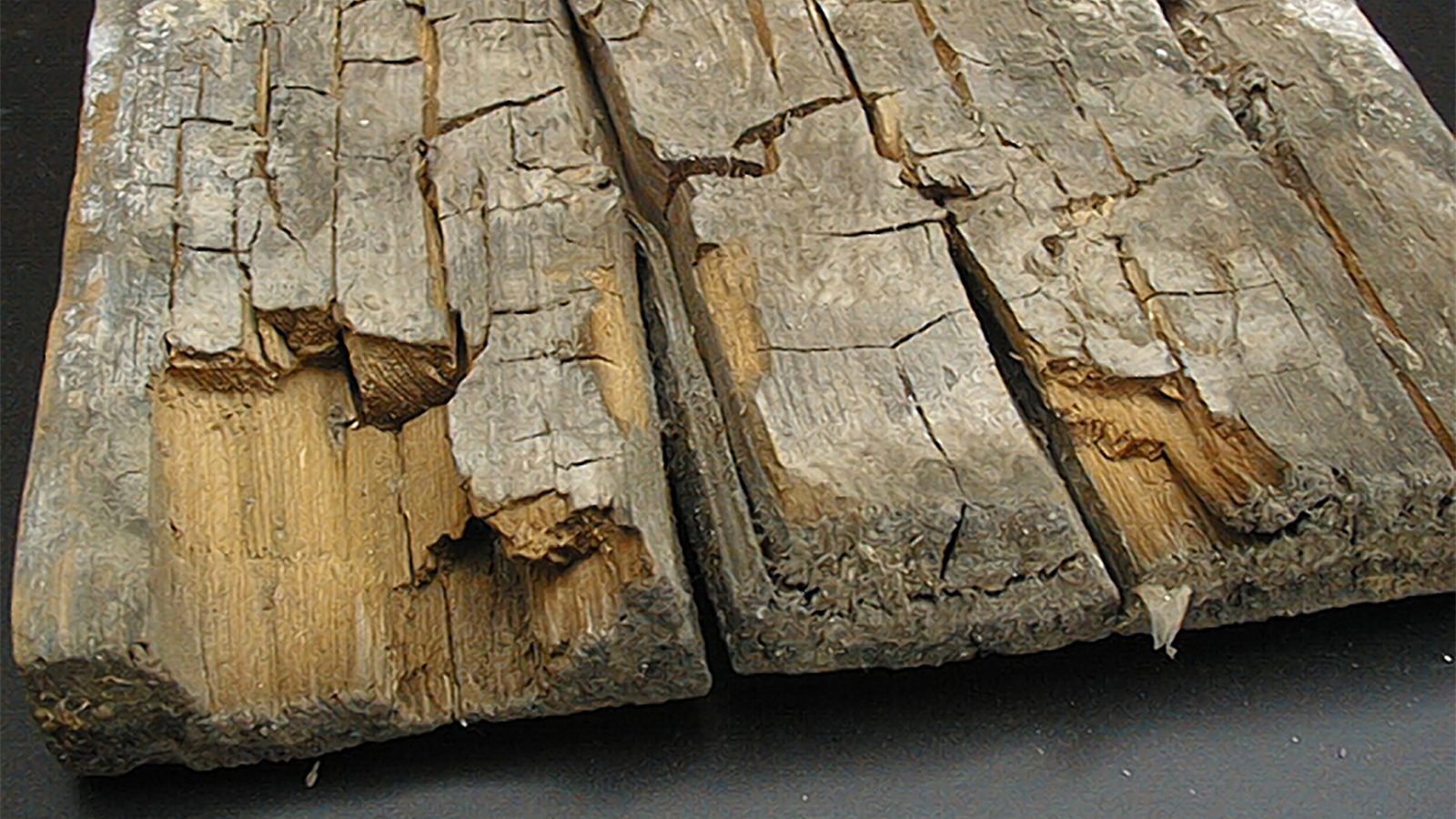Dry Rot & Wet Rot Solutions
Fungal decay of timber by either Wet Rot or Dry Rot can occur when timbers are in prolonged contact with damp situations, especially in poorly ventilated areas such as sub floors. Dampness from plumbing leaks, defective gutters, rising dampness or high ground levels etc., can create the conditions for decay to establish and wood rotting fungi to develop.
The fungal growth from dry rot may be in the form of white strands, sheet mycelium and fruiting bodies. The white strands are able to penetrate through brickwork and mortar joints and can transport moisture to dry, poorly ventilated areas, allowing the spread of the fungus.
The mycelium appears as silky white sheets, often with yellow / lilac edges. Fruiting bodies appear as fleshy, pancake like growths, laden with spores, often creating a red dust around the affected area.
Successful treatment of Dry Rot treatment normally involves several key factors.
Removal of the moisture source(s), establishing a dry environment, eradication of fungal growth and replacement of defective timber elements.
Dry rot (Serpula lacrymans) normally requires cutting out and disposing of defective timbers and chemical treatment to adjacent areas to eradicate fungal growth. Where masonry is affected, treatment of the brickwork may be required in the form of sterilisation and / or irrigation to the walls.
Irrigation is the term used to describe the eradication of Dry Rot from masonry and involves drilling the masonry and injecting a fungicidal preservative to the walls under pressure. Fungicidal biocide is used to sterilise the surfaces of masonry and other surfaces.
Following the eradication of the fungus and removal of the moisture sources, new timbers can be introduced, ensuring isolation from masonry with physical barriers and adequate ventilation to the floor voids.
Where floor voids cannot be adequately ventilated, replacement in concrete may be required. Wet rot treatment is usually less expensive to eradicate than Dry rot, as eradication of fungal growth is much more simple and does not normally require chemical treatment.
Eradication of moisture sources, promoting a dry environment and timber replacement will still be required however.
Our range of available treatment for fungal decay may include specialist eradication works, partial or complete floor replacements and replastering.


